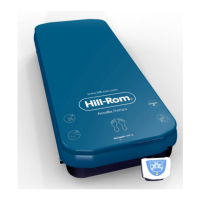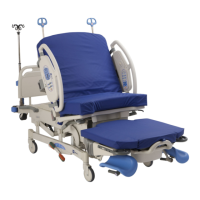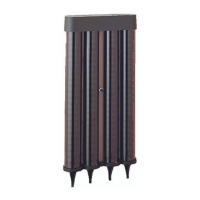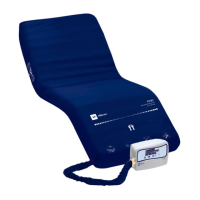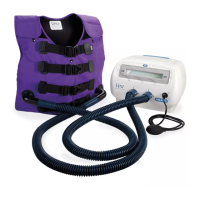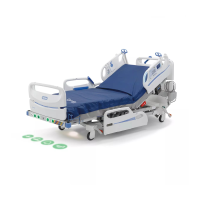194412(11) - Hill-Rom® 900 Accella™ Bed - Instructions For Use Page 5
Introduction,
specifications
Training can be provided on demand.
Caregivers must be informed of the risks that may be encountered in the use of
electric beds.
The many sources and types of accessories, hardware, or medical devices that
may be used together with this bed do not enable Hill-Rom to guarantee both the
safety and conformity of all the combinations thus created. The operator who
creates these device combinations must therefore ensure that security and
conformity requirements are met.
Use of accessories, transducers and cables other than those specified or provided
by Hill-Rom could result in increased electromagnetic emissions or decreased
electromagnetic immunity of this equipment and result in improper operation.
Waste packaging (plastic, cardboard, metal, wood, etc.) must follow suitable
recovery circuits with a view to being recycled.
Before installing the bed for the first time or after bringing the bed and its
accessories out of storage:
• ensure that the bed and its various parts are at room temperature.
• only connect the bed to a mains electric power supply with earth protection (see
“Electrical safety” page 8),
• the power plug must be accessible to disconnect the bed,
• wait 12 hours until the battery is fully charged before using the bed without
the mains power supply,
• make sure that all the moving parts are in good working order,
• check the time and language settings,
• make sure that the bed has been cleaned and disinfected (see “Decontaminating
the bed” page 85).
Risk prevention
General recommendations
In general:
• check that nothing (e.g. objects, accessories, power cable, maintenance
cable or nurse call cable) or any persons (e.g. children, limbs) will interfere
with the movement of the mobile parts of the bed before actuating them.
An intermittent beep sounds when one of the bed’s movements is hindered.
• during a movement or combination of movements of a mobile part of the
bed (eg, backrest, sleep surface, siderail), be vigilant (for oneself, the
patient or any other person) on the risks of pinching or crushing between
moving parts or with a fixed part.
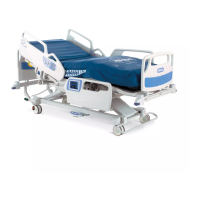
